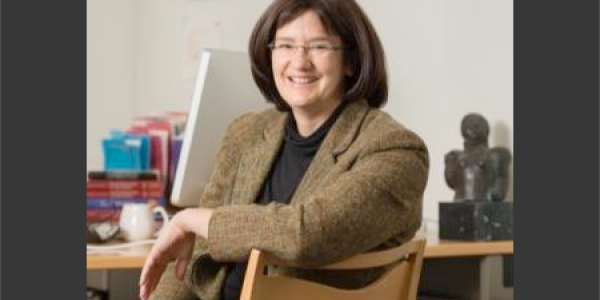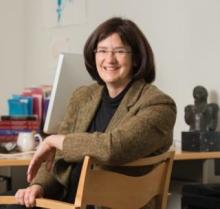
Imaging Quantum Bits with Quantum Sensors
Kathryn A."Kam" Moler, Stanford University
Quantum devices and materials have exceptional promise for energy, computation, communication, and sensing. To realize this potential, scientists and engineers must find the right physical systems. Emergent phenomena in quantum systems often exhibit magnetic signatures. Superconducting QUantum Interference Devices (SQUIDs) can map superfluid density and quantum vortices to reveal unconventional superconducting states. SQUIDs can also measure the current in quasi-one-dimensional rings to identify topological and other fundamental properties of quantum states of charge-carrying particles. In particular, in junctions made of topological materials, the current could theoretically be 4pi-periodic rather than 2pi-periodic as a function of the phase across the junction. I will report on progress towards this smoking-gun signature for Majorana modes.
About Kathryn A."Kam" Moler

Kathryn A."Kam" Moler is the Vice Provost and Dean of Research and Professor of Applied Physics and of Physics at Stanford University. She conducts research in magnetic imaging, develops tools that measure nanoscale magnetic fields, and studies quantum materials and devices. Among other honors, she received a national Presidential Early Career Award for Scientists and Engineers, held a Packard Fellowship for Science and Engineering, received the William L. McMillan Award “for her fundamental studies of the superconducting pairing state, Josephson vortices, and the role of interlayer coupling in high-temperature superconductors,” and was elected a Fellow of the American Physical Society. To honor her sustained commitment to teaching, the American Association of Physics Teachers awarded her the Richtmyer Award for Outstanding Leadership in Physics Education, and Stanford appointed her as the Sapp Family Fellow in Undergraduate Education. She was previously the Senior Associate Dean of Natural Sciences in the School of Humanities and Sciences and the Director of the Stanford Nano Shared Facilities.
Audience: Public

